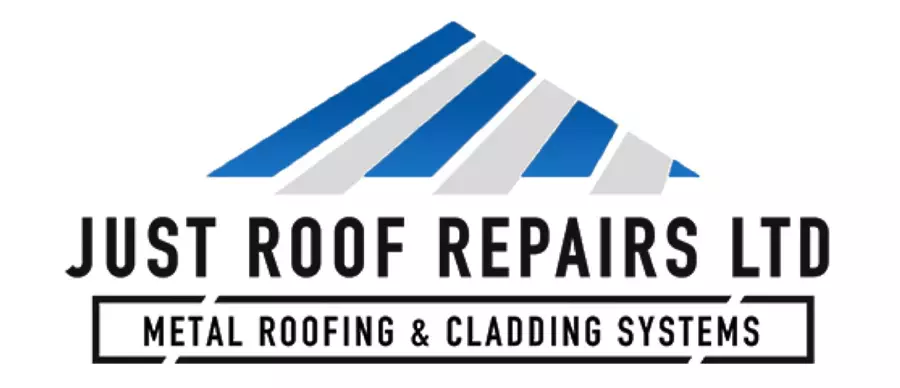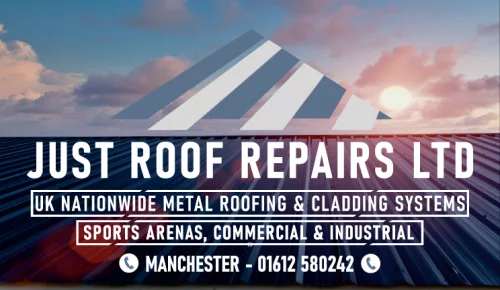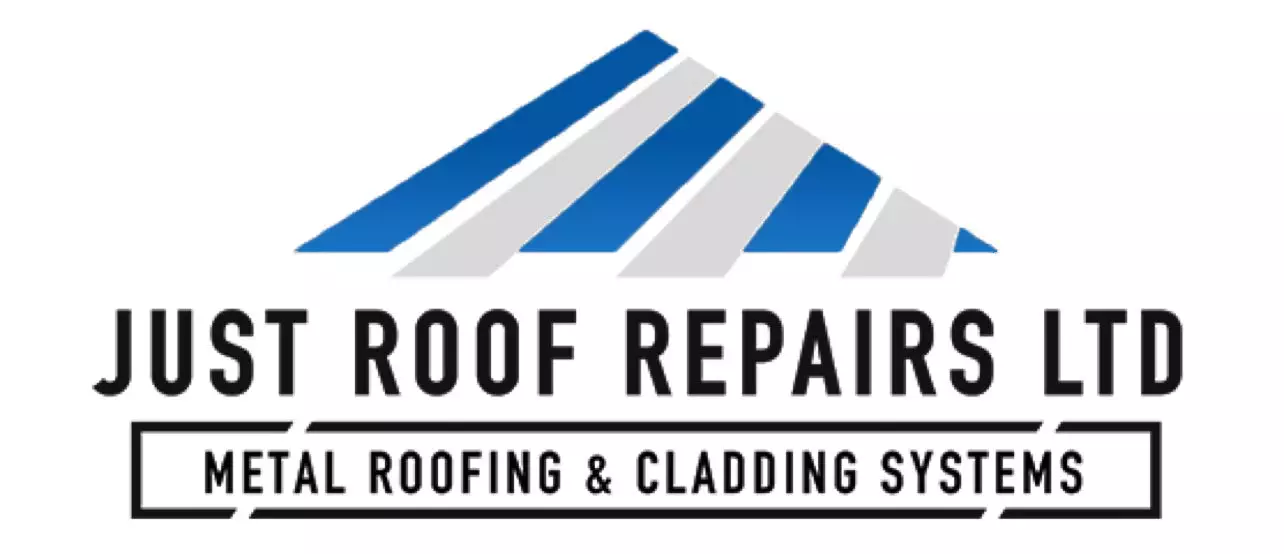When selecting roofing materials for your business, fire resistance is a crucial factor you cannot overlook. Metal roofs stand out due to their impressive fire-rated classifications, often achieving Class A ratings. This means they resist ignition and help slow fire spread, protecting your assets. However, there is more to evaluate beyond just safety. Understanding the full scope of benefits and maintenance requirements can influence your long-term investment strategy.

Understanding Fire-Rated Classifications for Metal Roofs
When considering metal roofs, it is essential to understand fire-rated classifications, as they determine how well your roofing material can withstand fire exposure.
Fire ratings are assigned based on standardised classification systems that evaluate the performance of roofing materials in fire scenarios. These classifications typically range from Class A, indicating the highest level of fire resistance, to Class C, which offers minimal protection.
You will want to select a metal roofing system that meets or exceeds local building regulations, especially in fire-prone areas. Additionally, understanding the specific test methods used, such as ASTM E108 or UL 790, can provide further insight into the material’s fire performance.
Benefits of Fire Resistance in Metal Roofing
One significant advantage of fire resistance in metal roofing is its ability to improve overall safety for your property. By utilising materials that resist ignition and slow fire spread, you augment fire prevention measures, reducing the risk of catastrophic damage. This protection not only safeguards your assets but also provides peace of mind.
Additionally, many insurance providers recognise the benefits of fire-resistant roofing, leading to potential insurance savings. These reduced premiums can offset initial installation costs, making metal roofing a financially savvy choice.
Furthermore, the longevity and durability of metal roofs mean you will spend less on repairs over time, further boosting your bottom line. Investing in fire-resistant metal roofing is a proactive step towards protecting your business.
Maintenance Tips for Fire-Resistant Metal Roofs
Regular maintenance is essential for guaranteeing the fire-resistant properties of metal roofs remain effective over time. To maintain their integrity, establish a routine inspection frequency, ideally twice a year.
During these inspections, look for signs of rust, corrosion, or damage that could compromise fire resistance.
Employ effective cleaning techniques, such as using a soft-bristle brush and a mild detergent solution, to remove debris and prevent build-up. Avoid abrasive materials that can scratch the metal surface.
Additionally, check and clear gutters and downpipes to guarantee proper drainage. If you identify any issues, address them promptly to maintain the roof’s durability and fire safety.
Consistent care will help maximise your metal roof’s lifespan and performance.
Long-Term Cost Benefits of Choosing Metal Roofing
Although the initial investment in metal roofing may be higher than traditional materials, the long-term cost benefits make it a financially sound choice.
Metal roofs typically offer superior energy efficiency, reflecting sunlight and reducing cooling costs, which can significantly lower your energy bills over time.
Additionally, metal roofing has a longer lifespan, often exceeding 50 years, reducing the need for frequent replacements and associated installation costs.
This durability means fewer repairs and lower maintenance expenses.
Moreover, many metal roofs are recyclable, providing potential savings at the end of their life cycle.
Comparing Metal Roofs to Other Roofing Materials for Fire Safety
When considering the long-term cost benefits of metal roofing, it is also important to evaluate its fire safety compared to other roofing materials.
Metal roofs generally have a Class A fire rating, meaning they are highly resistant to ignition and can withstand extreme heat.
In fire safety comparisons, materials like asphalt shingles typically offer lower resistance, making them more susceptible to flames.
While wood shakes and thatch can ignite easily, metal roofing advantages include reduced fire risk and improved durability.
This can lead to lower insurance premiums and fewer fire-related repairs for your business.
To summarise, investing in metal roofing not only provides long-term cost benefits but also significantly improves fire safety, making it a smart choice for any commercial property.
Frequently Asked Questions
How Do Metal Roofs React to Extreme Heat Conditions?
Metal roofs react to extreme heat by efficiently conducting heat, which can raise the temperature of the underlying structure.
As temperatures climb, the metal expands, leading to thermal expansion. This process can cause stress on fasteners and seams if not properly designed.
To mitigate these effects, you should consider using materials with low thermal expansion coefficients and ensure proper installation techniques to accommodate movement, enhancing the roof’s longevity and performance in extreme conditions.
Can Metal Roofs Prevent Fire From Spreading to Interior Spaces?
Yes, metal roofs can notably reduce fire spread and provide effective interior protection. Their non-combustible nature prevents flames from easily penetrating the roof, minimising the risk of fire spreading to interior spaces.
Additionally, metal roofs often feature interlocking panels, which further improve their ability to resist fire progression.
What Is the Lifespan of Fire-Resistant Metal Roofing?
The lifespan of fire-resistant metal roofing typically ranges from 40 to 70 years, depending on the quality of the materials and installation.
These roofing materials not only provide excellent durability but also improve fire resistance, reducing the risk of fire spreading.
Proper maintenance can further extend their lifespan, ensuring they perform effectively over time.
When you invest in fire-resistant metal roofing, you are choosing a long-lasting solution that meets safety and durability standards.
Are There Specific Building Regulations for Fire-Resistant Metal Roofs?
Yes, there are specific building regulations for fire-resistant metal roofs that vary by location.
You will need to check local building regulations to ensure compliance with fire safety standards. These regulations often dictate the materials used, installation methods, and fire ratings required for roofs.
Understanding these requirements is vital for the safety of your building and can help you avoid costly penalties or modifications down the line.
Always consult a professional for guidance.
How Do Insurance Premiums Change With Fire-Resistant Metal Roofs?
When you install fire-resistant metal roofs, you may notice a change in your insurance premiums.
Insurers often conduct a risk assessment, considering the lower risk of fire damage associated with these materials. As a result, you might qualify for insurance discounts, reflecting the reduced liability on the insurer’s part.
It is wise to discuss these potential savings with your insurance provider to ensure you are benefiting from the best coverage options available.
Conclusion
In conclusion, choosing metal roofs for your business not only improves fire safety but also offers significant long-term cost benefits. Their high fire-rated classifications ensure minimal damage and reduced insurance premiums, making them a smart investment. By prioritising regular maintenance, you can sustain their fire-resistant properties effectively. When compared to other roofing materials, metal roofs stand out for their superior fire performance, providing peace of mind and safeguarding your property against potential fire hazards.


